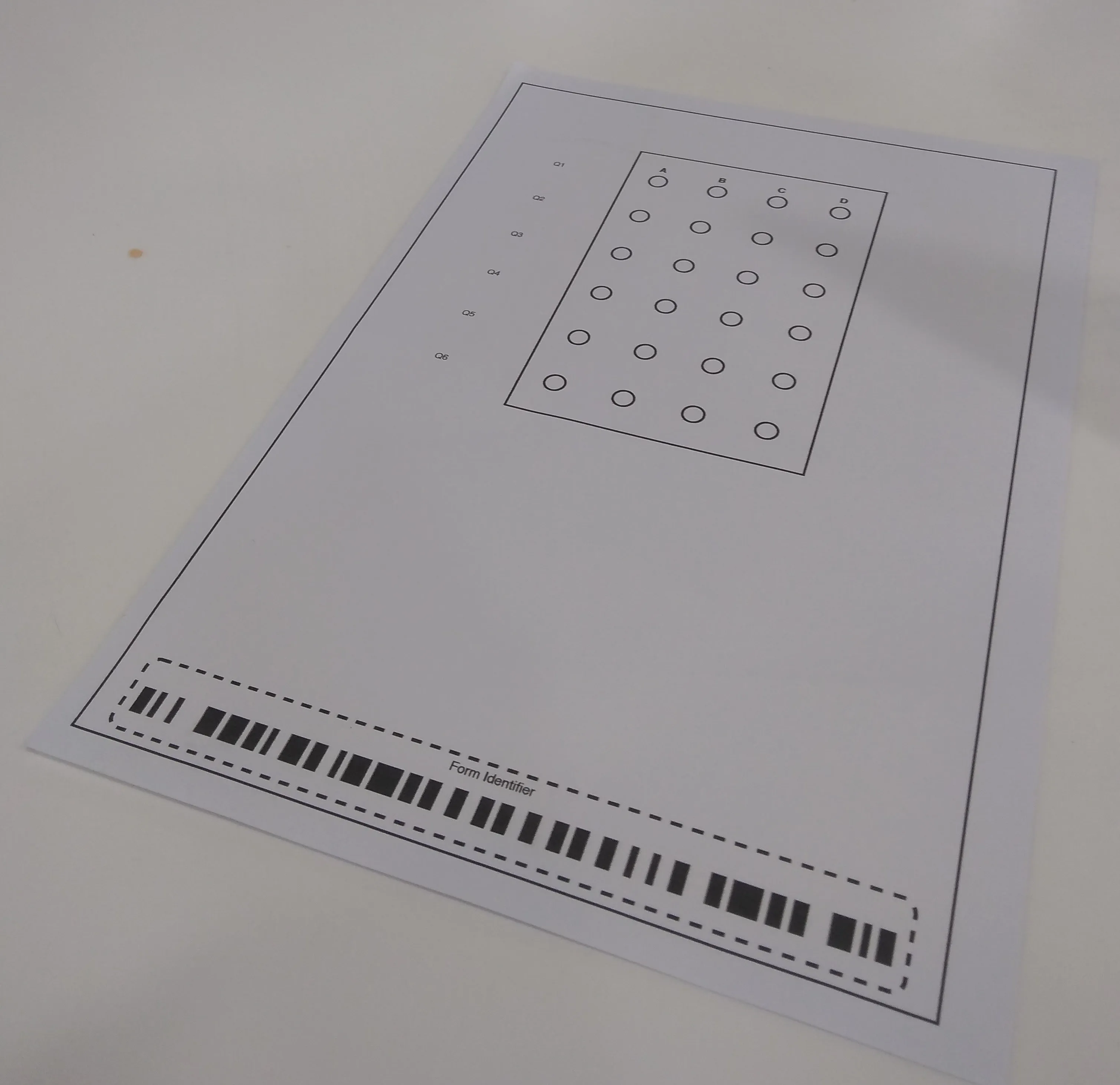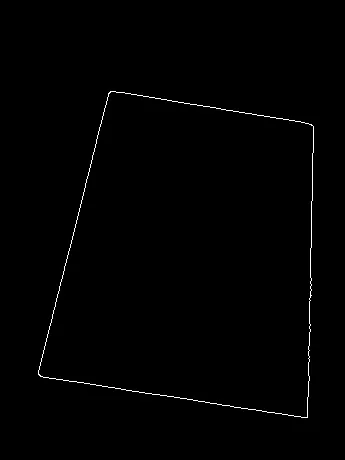我目前有一份需要进行智能扫描的文档。
为此,我需要在任何背景下找到文档的适当轮廓,以便我可以对图像进行透视映射和检测。
在此过程中遇到的主要问题是文档边缘会检测到任何类型的背景。
我已经尝试使用HoughLineP函数,并尝试在通过Canny边缘检测的灰度模糊图像上查找轮廓。
MORPH = 9
CANNY = 84
HOUGH = 25
IM_HEIGHT, IM_WIDTH, _ = rescaled_image.shape
# convert the image to grayscale and blur it slightly
gray = cv2.cvtColor(rescaled_image, cv2.COLOR_BGR2GRAY)
gray = cv2.GaussianBlur(gray, (7,7), 0)
#dilate helps to remove potential holes between edge segments
kernel = cv2.getStructuringElement(cv2.MORPH_RECT,(MORPH,MORPH))
dilated = cv2.dilate(gray, kernel)
# find edges and mark them in the output map using the Canny algorithm
edged = cv2.Canny(dilated, 0, CANNY)
test_corners = self.get_corners(edged)
approx_contours = []
(_, cnts, hierarchy) = cv2.findContours(edged.copy(), cv2.RETR_LIST, cv2.CHAIN_APPROX_SIMPLE)
cnts = sorted(cnts, key=cv2.contourArea, reverse=True)[:5]
# loop over the contours
for c in cnts:
# approximate the contour
approx = cv2.approxPolyDP(c, 80, True)
if self.is_valid_contour(approx, IM_WIDTH, IM_HEIGHT):
approx_contours.append(approx)
break
 如何通过OpenCV代码找到文档的适当边界框。
非常感谢您的任何帮助。(文档是从任意角度和任何彩色背景的相机中拍摄的。)
如何通过OpenCV代码找到文档的适当边界框。
非常感谢您的任何帮助。(文档是从任意角度和任何彩色背景的相机中拍摄的。)
